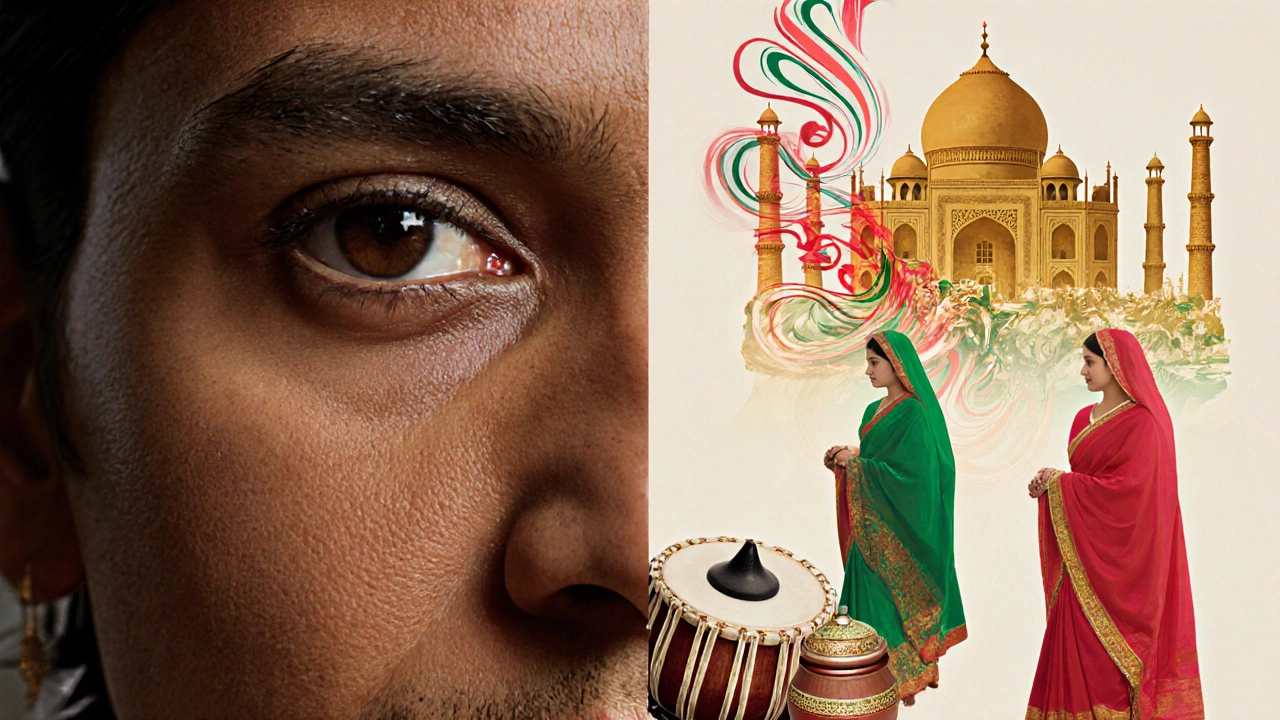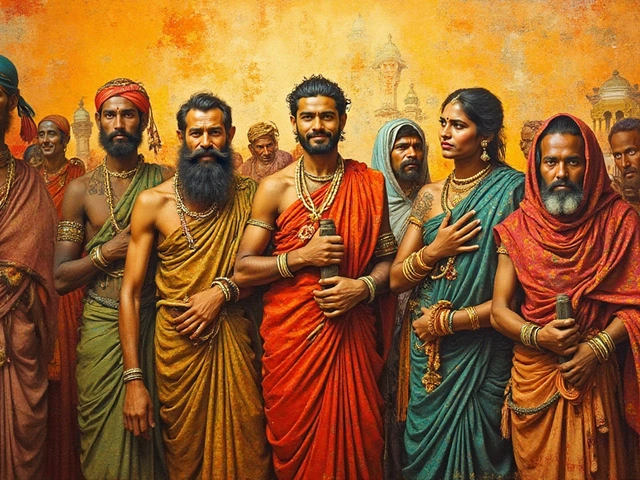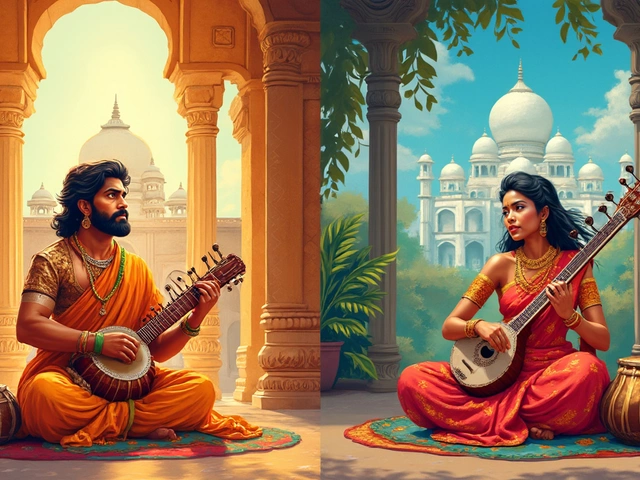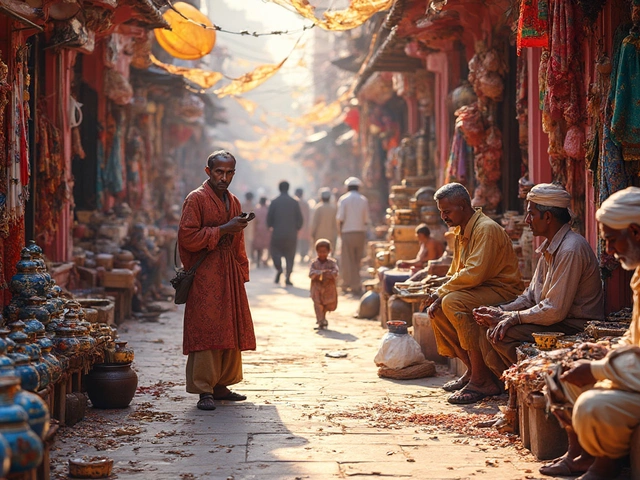Indian Identity Classification Tool
How is Indian Identity Classified?
Select a country to see how they classify Indian identity in official forms. This tool explains the difference between race and ethnicity using real census examples.
Classification Details
Quick Takeaways
- Race and ethnicity are two different concepts; India is usually classified as part of the South Asian region.
- Global bodies like the United Nations and national censuses group Indians under broader categories such as “Asian” or “South Asian”.
- Self‑identification can vary: you may choose “Indian”, “South Asian”, or a specific ethnic group depending on the form.
- Historical migrations and colonial records have shaped today’s racial terminology.
- Understanding the distinction helps you fill out surveys accurately and talk about heritage confidently.
What’s the Difference Between Race and Ethnicity?
When you hear the word race is a broad social construct used to group people based on physical traits such as skin colour, facial features, or ancestry. It’s not a scientific classification but a way societies have organized themselves.
On the other hand, ethnicity refers to cultural factors - language, religion, customs, and shared history. Your Indian heritage is primarily an ethnic identity, even though many official forms treat it as a racial category.
How Indians Fit Into Global Racial Categories
Globally, most institutions place India within the South Asian region, which itself is a subset of the larger Asian grouping.
Here’s a quick snapshot:
- South Asian: Includes India, Pakistan, Bangladesh, Nepal, Sri Lanka, Bhutan, and the Maldives.
- Asian: In many Western contexts, “Asian” lumps together East Asian (China, Japan, Korea) and South Asian peoples.
- Indo‑Aryan and Dravidian: Linguistic families that describe the majority of India’s population but are not used in racial classification.
The reason you often see “Indian” listed separately on forms is that the country’s sheer size and cultural diversity warrant a specific option.
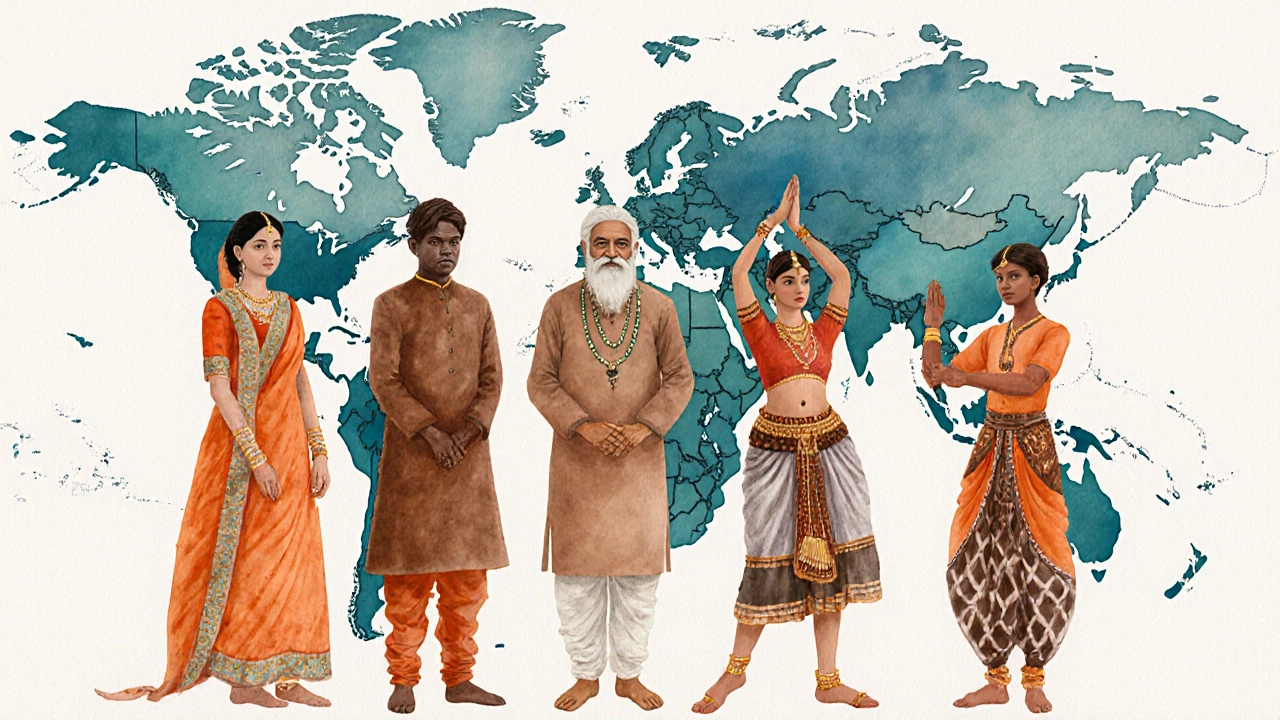
Official Census Classifications
Different countries use varying terminology. Below is a comparison of how three major entities categorize people from India.
| Authority | Broad Racial Category | Specific Sub‑Category | Notes |
|---|---|---|---|
| United Nations | Asian | South Asian | UN uses geographic regions; “South Asian” captures India, Pakistan, etc. |
| United States Census | Asian | Asian Indian | Since 1990 the US offers a separate “Asian Indian” tick box. |
| United Kingdom ONS | Asian | Indian | UK’s Office for National Statistics splits “Asian” into Indian, Pakistani, Bangladeshi. |
Notice the subtle differences: the US treats “Asian Indian” as a sub‑category, while the UK simply uses “Indian”. Both sit under the broader “Asian” umbrella.
Historical Context: How the Concept Evolved
During British colonial rule, administrators needed a way to record the diverse populations of the sub‑continent. They coined terms like “Caste” and “Tribe” for internal classification, but these were never meant to be racial labels.
Post‑independence, India adopted a policy of “unity in diversity,” emphasizing linguistic and cultural groups over race. However, when Indians migrated abroad, host countries applied their own racial lenses, creating the modern “Asian Indian” category you see on forms today.
Choosing How to Identify Yourself
When you fill out a questionnaire, consider these tips:
- Read the instructions: If the form asks for “race” and lists “Asian”, tick that box and add “Indian” in any “other” field if allowed.
- Think about the purpose: For medical research, broader categories (Asian) may be required; for cultural programs, “Indian” is more appropriate.
- Be consistent: Use the same description across government documents, school applications, and job forms to avoid confusion.
- Know your rights: Some regions allow you to self‑describe beyond the preset boxes. Don’t hesitate to write in “South Asian” if it feels more accurate.
Remember, you have the agency to decide which label best reflects your background.
Common Misconceptions Debunked
- “All Indians are the same race.” - India’s population includes dozens of linguistic families, tribal groups, and genetic lineages. Racial labels are broad, not precise.
- “Being Indian automatically means being ‘Asian’ in the US.” - While most US forms group Indians under “Asian,” some surveys ask for a separate “South Asian” category.
- “Caste determines race.” - Caste is a social hierarchy, not a biological classification.
Frequently Asked Questions
Is "Indian" considered a race or an ethnicity?
"Indian" is primarily an ethnic label, describing the cultural, linguistic, and historical traits of people from India. In many official contexts, it is placed under the broader racial category of "Asian" or "South Asian."
How does the US Census categorize people from India?
Since 1990, the US Census offers a specific option called "Asian Indian" under the larger "Asian" race. This lets respondents identify both their broad racial group and their national origin.
Can I select both "Asian" and "Indian" on a form?
Many surveys allow multiple selections. Choose "Asian" as the race and then add "Indian" in a sub‑category or write‑in field. If the form permits only one choice, pick the option that best fits the form’s purpose.
Do genetic studies support a single Indian race?
Genetic research shows vast diversity across the sub‑continent, with distinct lineages among Indo‑Aryan, Dravidian, Tibeto‑Burman, and tribal groups. This underscores why race is a social label rather than a genetic one.
What should I write on a passport application if it asks for race?
Most passport forms ask for nationality, not race. If a race field appears, use the country‑based option (e.g., "Asian") or follow the guidance provided by the issuing authority.
Understanding the blend of race, ethnicity, and national identity helps you navigate forms, discussions, and self‑representation with confidence. Whether you label yourself "Indian", "South Asian", or "Asian", the choice reflects both personal heritage and the way institutions categorize the world.
